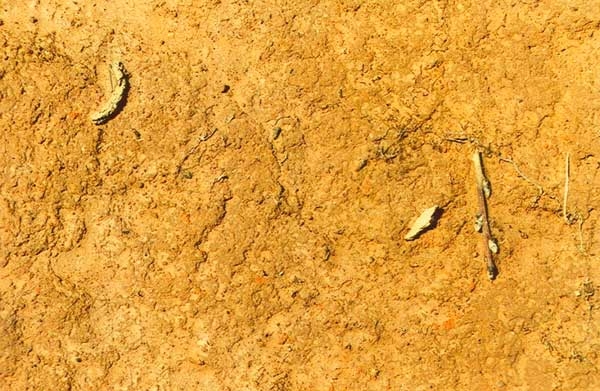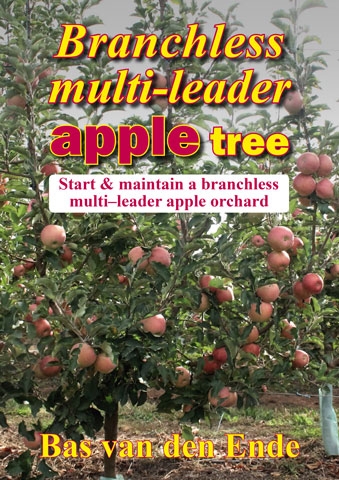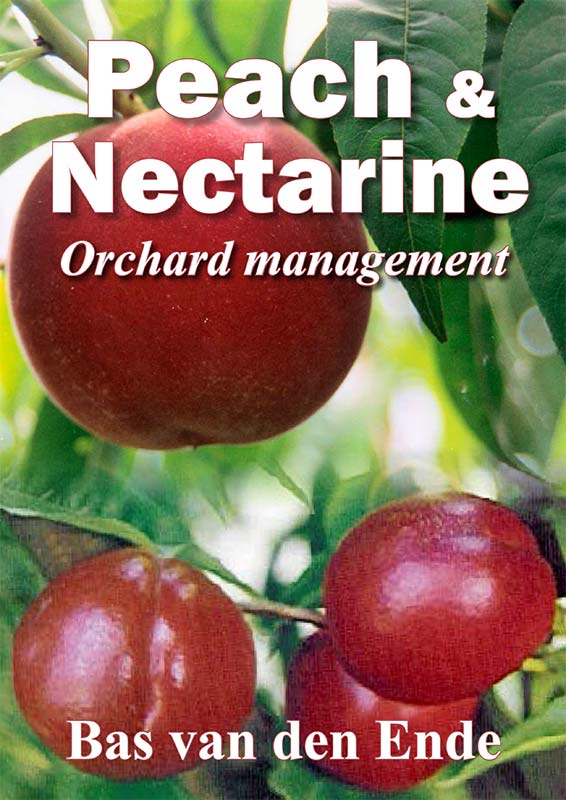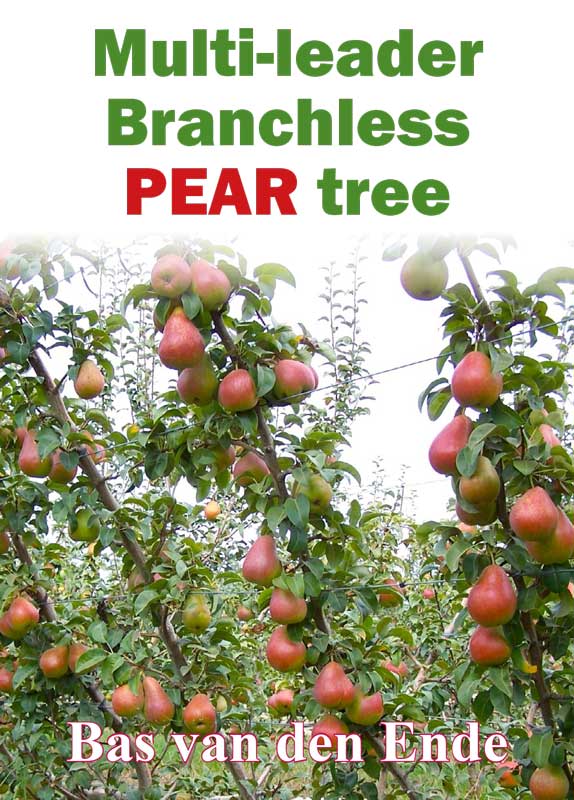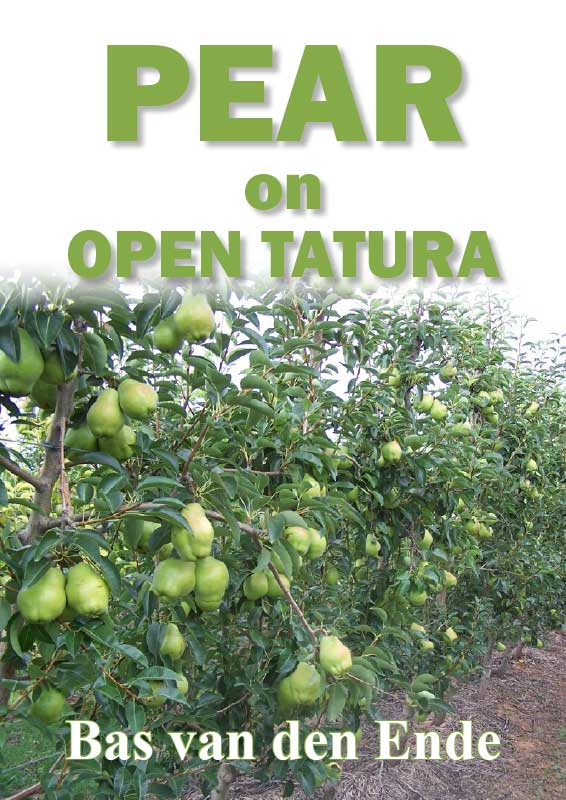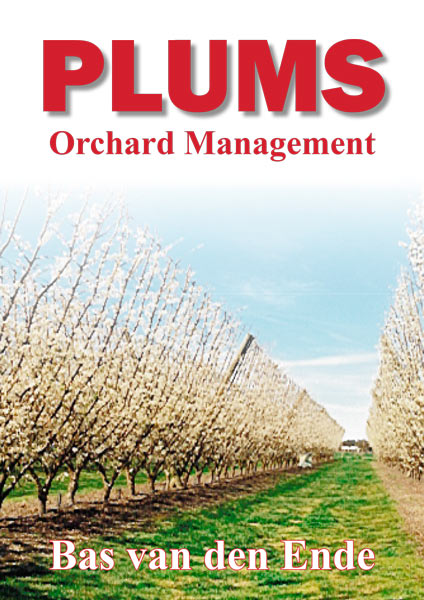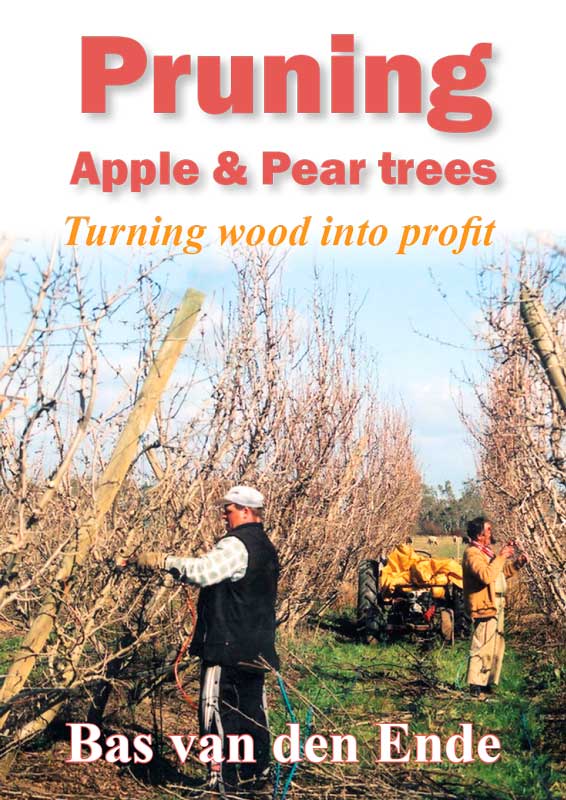Amount of organic matter in soil (continued from last month)
The amount of organic matter depends on:
- amount and quality of the organic residues returned to soil
- soil texture, depth and density
- soil pH
- temperature, water content, and aeration of soil
- microbial population
Organic residues of high quality, i.e. with a low ratio of carbon to nitrogen (C/N of <18), are decomposed quickly as there is enough nitrogen to stimulate microbial activity. Organic residues with a high C/N (> 60) are decomposed very slowly.
Simple sugars, simple proteins and starch are easily decomposed, whereas hemicellulose, cellulose, fats, waxes and resins are slowly decomposed.
Lignin comes from cell walls of plants and some algae, and is decomposed very slowly. Charcoal is inert so is not further decomposed. Eventually the complex organic matter, humus is produced and darkens the soil.
For each soil, there is a limit to the amount of organic matter that can be stored in soil. Organic matter is more quickly decomposed in sandy soils, so they contain less organic matter than do clay soils.
The deeper the soil, the more organic matter it can hold.
Soils that are less dense are usually better aerated and drained, are warmer, with a longer growing season, so that plants grow better, releasing more organic residues into soil, and supporting more biological activity.
Soils in wetter and cooler climates generally contain more organic matter than do soils in drier and warmer climates. This is because plants grow better with high rainfall and a long growing season, adding more organic residues; yet bacteria are less active and decompose the organic residues slowly.
However, very wet soils, such as swamps, contain little air and biological activity, so decomposition is slow, and percentage organic matter is high.
Soil pH also affects the supply and decomposition of organic materials in soil. It is best to aim for a pH of about 5.5 to 6.5 so that plants grow well and add plenty of organic residues to soil.
Organic matter and supply of nutrients
There is a significant correlation between the percentage organic matter in soil and soil fertility.
Most well-managed soils should have 2-4% organic matter, depending on the texture of the soil. Less than 1.5% is usually low and can lead to waterlogged or dehydrated soil, and imbalanced nutrients.
On the other hand, with more than 5 % organic matter in many soils, herbicides often become attached to the organic matter and are inactivated, so growers need to apply more herbicide.
Nutrients come not only from the original plant residues but some nutrients become attached to humus (highly degraded organic matter in soil), and are slowly released for plants and other soil biota.
The humus matter provides both negative and positive charges that can hold and exchange nutrients. Nutrients with positive charges, such as potassium, calcium, magnesium, adhere to the negative charges on the humus, whereas nutrients with negative charges, such as phosphate and sulphate, adhere to positive charges. In both cases the nutrients remain available to plants, are not leached down away from the root zone.
A soil’s cation exchange capacity (CEC) is a measure of the net negative charge per kilogram of dry soil, and therefore is a measure of the amount of positive nutrients that can be stored.
Soils with a low CEC (less than 5) have a low net negative charge and do not hold positive nutrients in the soil as well as do soils with a high CEC (more than 5). Organic matter, with its negative charge, can help improve soils with low CEC.
Organic matter also decreases the fixation of phosphorus and potassium in the soil, and forms metal-organic complexes that stabilise the micro-nutrients that otherwise might not be available for plants.
Organic matter & soil stability (continued next month)
See this article in Tree Fruit July 2014
